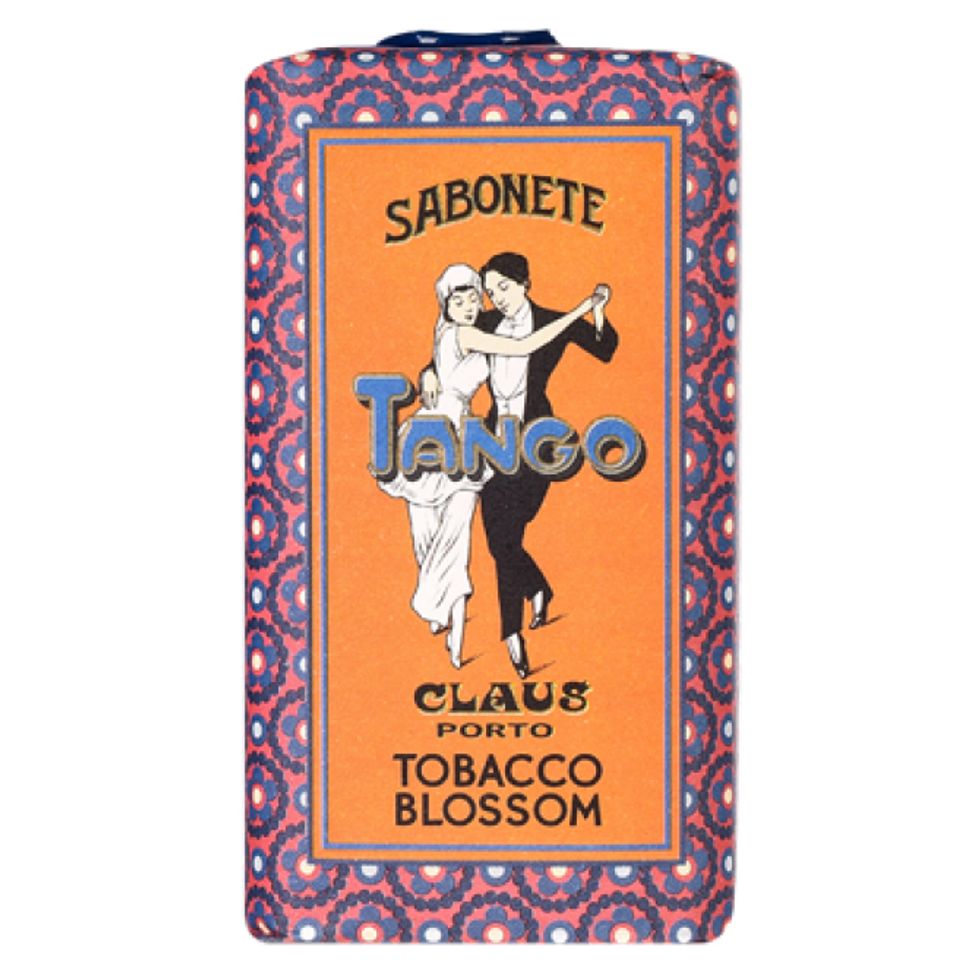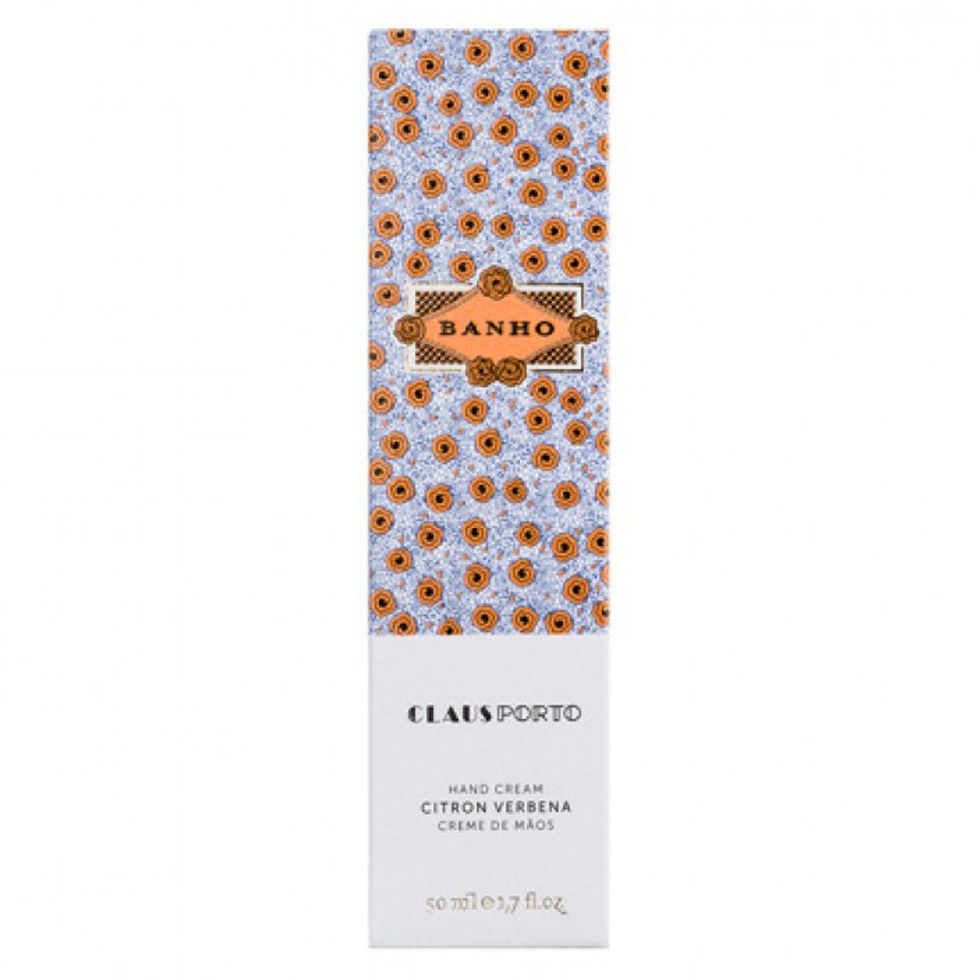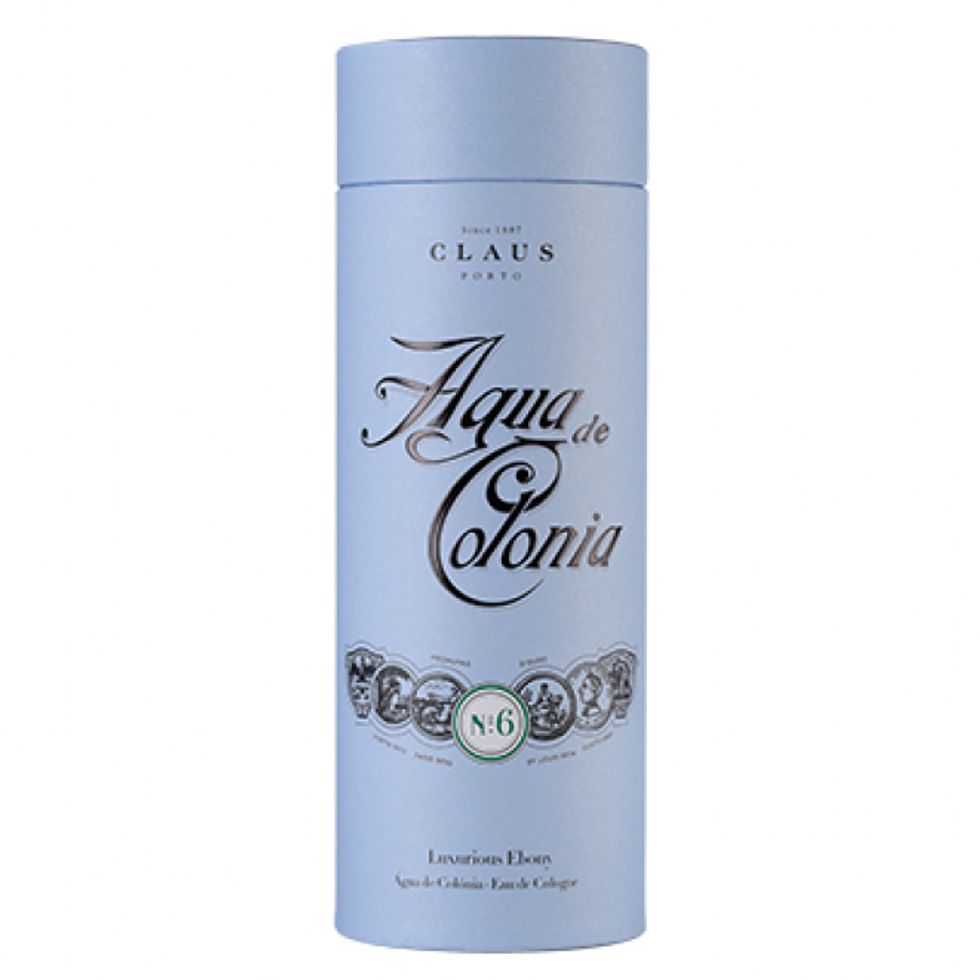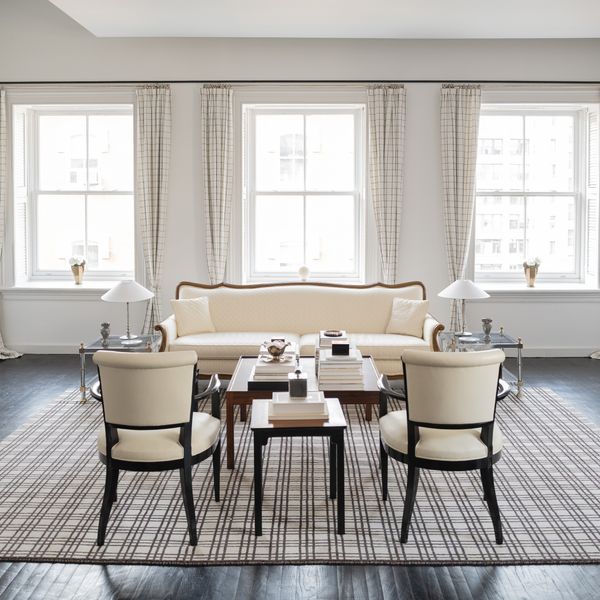How a 130-Year-Old Brand Is Taking Over the Beauty Space
It has more to do with staying true to their core than anything else.

In one of the oldest European cities, and a town that has been a UNESCO heritage site since 1996, comes a lifestyle brand that’s making a massive comeback. Claus Porto, out of Porto (a town which is having a major tourist moment, thanks in part to the region’s wine production—more on that another time), is a fragrance and skincare house that was originally founded in 1887, but is suddenly finding placement everywhere from Bergdorf Goodman to the tiny, fancy apothecary downstairs from my apartment. I’ve also seen the brand in nearly every one of the magazines I read and websites I frequent—I’m willing to bet that now that you’ve seen it, you’ll notice it everywhere too.
“The brand is absolutely unique,” Francesco Neto, the CEO of the brand, told me over breakfast in Porto last month. “The brand goes back to 1887. Today, everybody is looking for heritage and ‘vintage’ —but what does that mean? Many times you see people presenting something ‘heritage,’ ‘vintage,’ whatever, but that was just designed recently, like 15 years ago.” That authentic legacy—in an age where everything feels all surface, no substance—is what’s driving the brand’s comeback.
Whereas most companies focus on innovation and “keeping things fresh” to stay current, Claus Porto has played something of a tortoise-and-the-hare race with the rest of the beauty industry—and they’re winning. To be fair, they’ve continued to improve their products as technology improves, but the brand’s essence and aesthetic have remained largely the same—most of the soaps you’ll find in store now are largely the same as they were when the brand debuted 130 years ago, from the scent to the packaging. “The uniqueness and the authenticity behind the brand [are what’s driving it]. When you look at the archives, [it’s largely unchanged]. It sounds simple, but it’s incredibly rare to find.”
That “rare find” is gorgeously packaged soaps, hand lotions, washes, candles, fragrances, and accessories like beautiful little notebooks. The kinds of products that are so lovely, you can’t actually imagine using them—but then you do use them and they’re even better than you imagined. The fragrances are things like tobacco blossom, lettuce, and oak moss—and they all come wrapped in art deco and art nouveau prints so pretty that you might want to frame them. These prints and logos are where much of the brand’s identity, and value, lies. “The prints haven’t changed that much because over four generations under the same family management, they’ve decided to add, respecting the heritage that was being built through time, so this legacy is what we found the most valuable,” said Neto.
This year, the brand opened a flagship store and exhibition space in the middle of one of the prettiest streets in Porto, where you can see objects from the brand’s past (like original packaging and advertisements, and compare just how close they are to what’s on offer now), and shop the full range. There’s also a massive tub-like sink, which is just fun to touch and ogle—resist the urge to crawl into it.
So, how exactly have they managed a massive revival and retained their brand value? “That’s the biggest challenge,” Neto told me. “What we decided not to do was to change the brand’s DNA dramatically. If possible, not change it at all. The brand’s DNA is very much connected to its packaging. So how can you innovate? By expanding the product portfolio. We started with soaps, but then we went into home, with candles, the home diffusers, notebooks and lifestyle items that you will carry with you—and eventually, my leather bag that I’ll carry all my products in. That’s how you innovate, by expanding your product portfolio, then, enhancing the substance of the product.”
So essentially, doing less, but doing it better is the winning formula. We couldn’t think of a more refreshing take.










